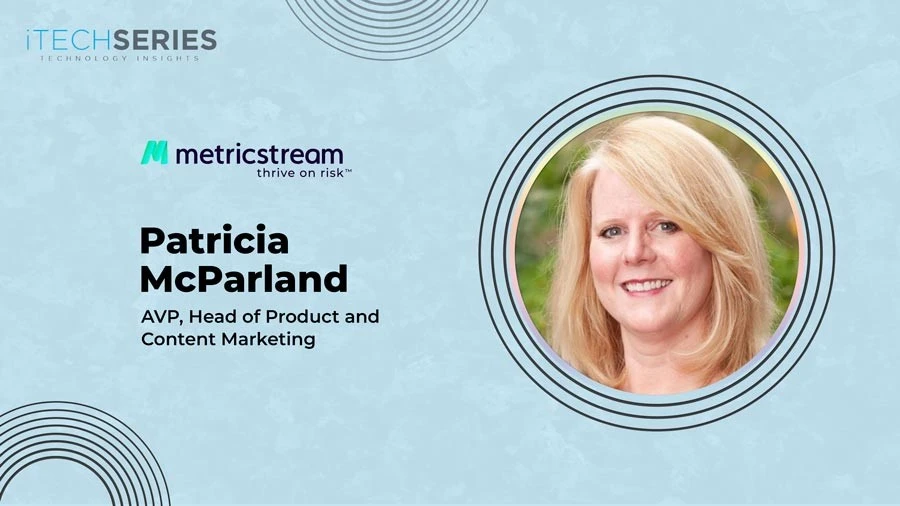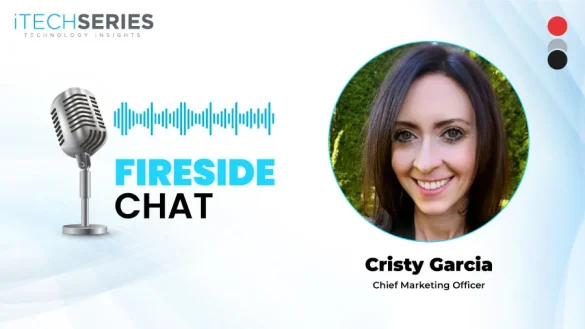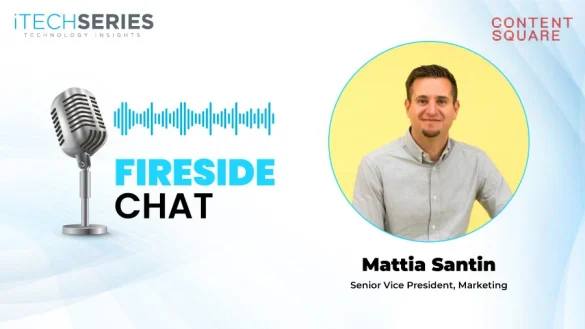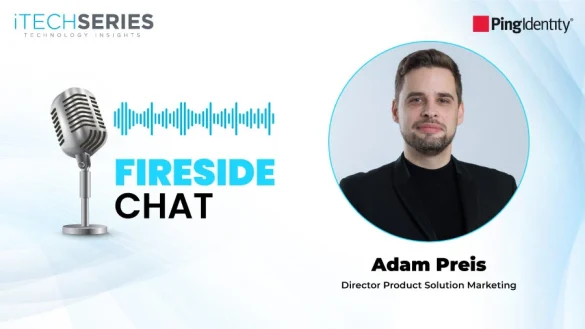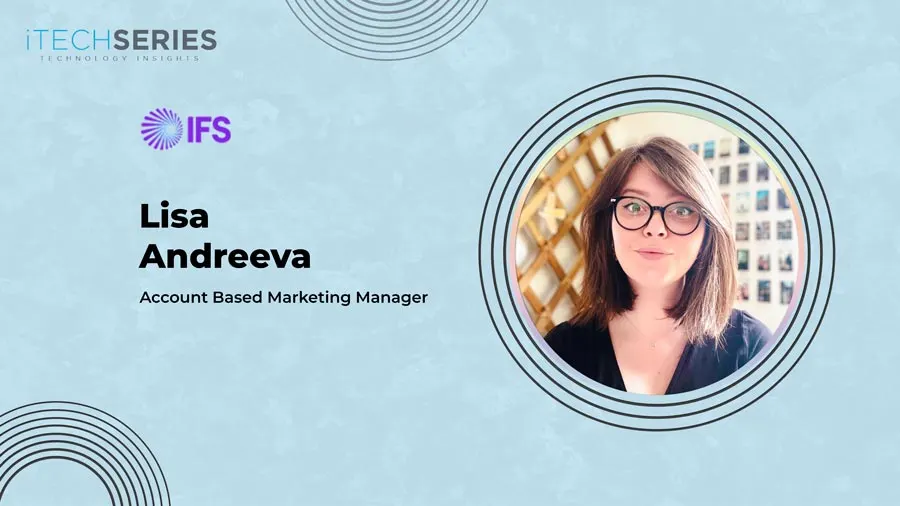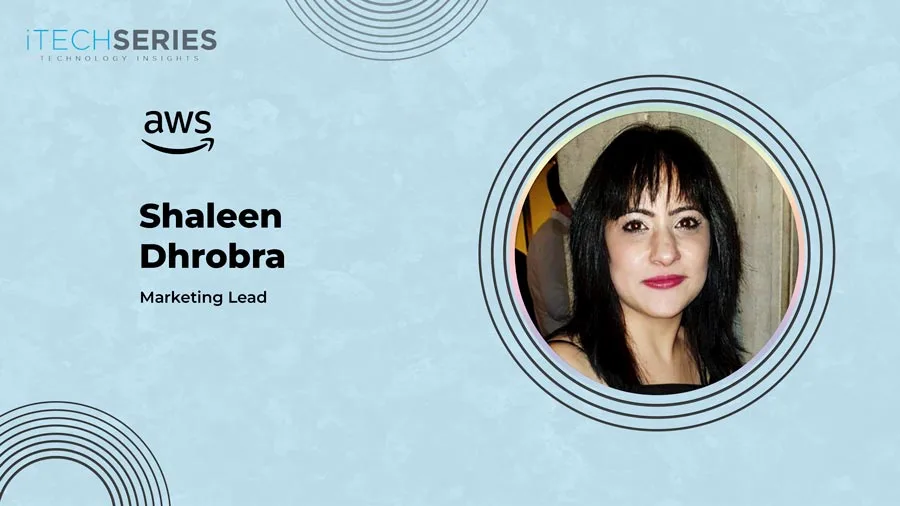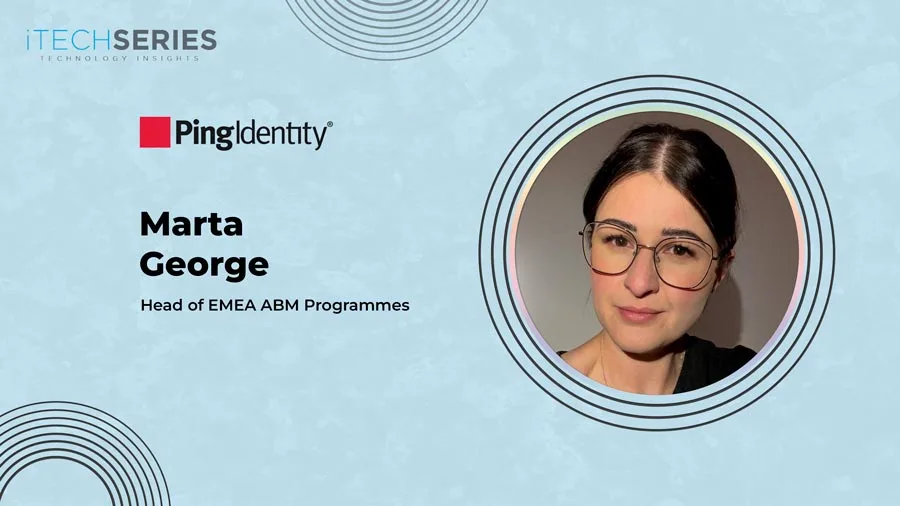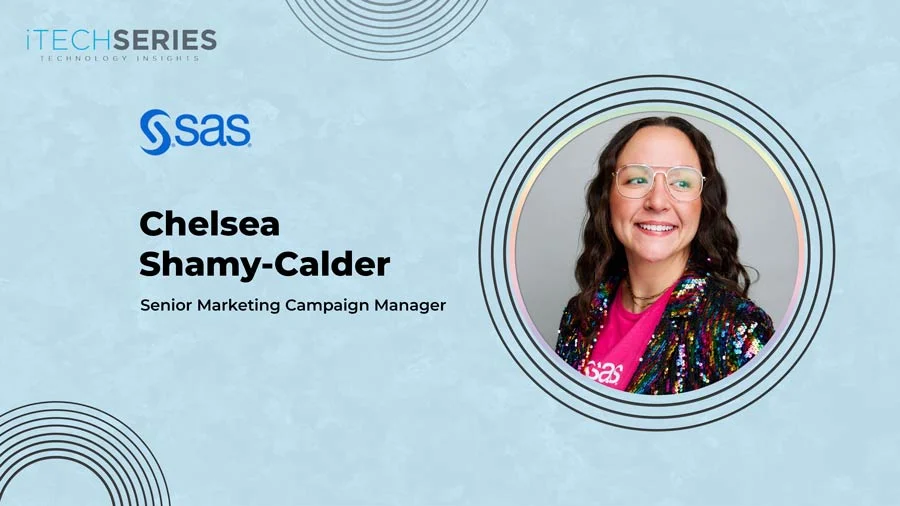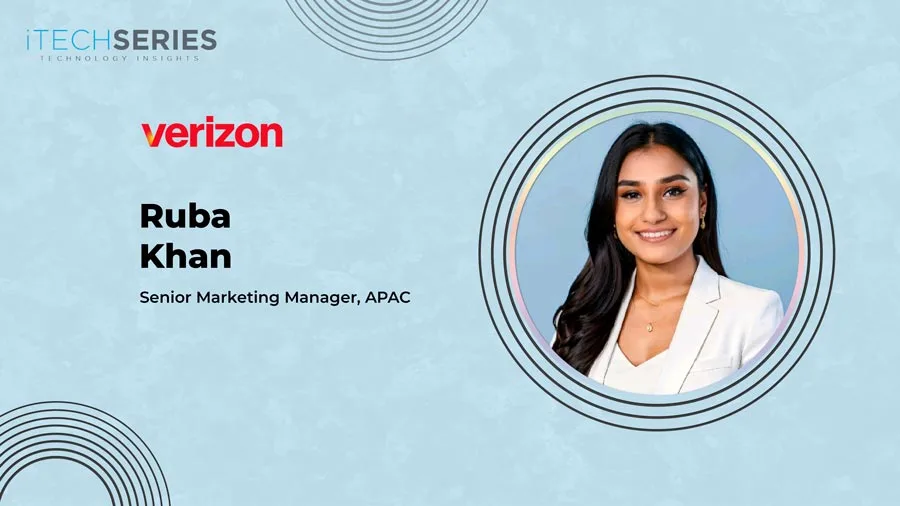Patricia McParland, Head of Product and Content Marketing at MetricStream, shares her extensive journey in B2B marketing. She discusses the evolving role of marketing, balancing brand-building with lead generation, and integrating AI tools. Pat also reflects on impactful campaigns and offers valuable insights into team leadership and customer-centric marketing strategies.
Pat, it’s great to have you for this interview. Could you tell us a bit about yourself and your marketing leadership journey?
Sure, thanks for having me! Right now I am the head of product and content marketing for MetricStream, a leading Governance, Risk, and Compliance (GRC) SaaS provider. I have been a B2B marketer for many years, since the earliest days of the Internet when we had to explain what going online for information meant! My experience includes all aspects of marketing, from product marketing and product management to branding, marketing communications, digital marketing, demand generation, content creation… you name it, I’ve done it. I started my career in a small online news company where I got to wear a ton of hats, and that was such a formative experience. I then spent 20+ years at larger online information companies like Dun & Bradstreet and Dow Jones, which was amazing, followed by more startups and smaller companies. I enjoy both the larger companies and startups. Both have so much to offer!
In the integrated revenue org-driven environment, how has marketing’s role evolved in your opinion?
I’ve seen marketing evolve so much over the years. In the earlier days, the emphasis was more on content and creativity, with programs like events and communications leading the way. In the famous saying “Marketing is both an art and a science,” I think it’s fair to say art was dominating. Over the past decade, marketing has become much more of a science (though the creative still plays a huge role), with marketing automation, analytics, and sophisticated abilities to test and learn. Today, marketing is no longer a support function–it is an equal, integrated partner with sales as well as a revenue driver of its own.
How do you balance long-term brand-building efforts with the need for immediate lead generation?
Brand and lead generation can’t be separated, in my view. The brand is the essence of your company—who you are, what you do, what you stand for. Having clear, consistent, compelling messaging that provides air cover for your sales team and helps your prospects take notice of you is essential. They are not separate efforts—they are part and parcel.
“Marketing is no longer a support function–it is an equal, integrated partner with sales as well as a revenue driver of its own.”
As a marketing leader, what’s your process for evaluating and filtering multiple campaign ideas and suggestions?
This is a tough question because there are so many fantastic ideas! We typically vet ideas as a team but there are basic criteria: what revenue do we expect this to drive? What other impact (e.g., competitive or brand improvement?) What’s the cost (time as well as budget)? We also try some experimental ideas to help us grow.
Can you tell us about some of the challenges and opportunities for product adoption in the GRC space?
GRC is interesting because risk and compliance, by their nature, can be complex–lots of interconnected risks, global challenges, and new regulations. Our goal at MetricStream is to provide the expertise our customers need so they can simplify the process. I would say a key challenge of adoption is getting that risk insight into your organization simply and easily. We partner closely with customers to make that happen.
As far as opportunities, there are so many, especially in AI. AI has the potential to transform GRC and already is doing so by identifying hidden risks, patterns, and anomalies in large volumes of data. Managing risks and putting guardrails around AI–think of it as GRC for AI–is also a huge opportunity and top of mind for business leaders, inside and outside of the GRC space.
Tell us about your most memorable and impactful marketing campaign experience.
Wow! What a question! It’s like picking your favorite food! Several stand out but the most memorable is when I was hired by a small business to start up their marketing as a one-person marketing team. They had almost nothing. I spoke to their sales team, interviewed customers, researched the industry, and based on this feedback, created new messaging, new branding, a new website, marketing automation, and new programs (email campaigns, thought leadership content, events, webinars, etc) and collateral. I drove their LinkedIn presence from 6 followers to several thousand in just a year and hosted monthly webinars with more than 1,000 attendees each. It was exhilarating to work with the team and they were thrilled. I will never forget this experience!
How do you integrate the voice of the customer into your marketing campaign planning and execution?
Great question. One leader I had used to say, “Picture the customer in the room with you,” and I always remember that and try to put the customer first and center when working. Most important, I believe it’s critical to get customer feedback before starting programs–as in my campaign example above–and during if you can. Keep in mind that sales can be your customers as well as your end users. Feedback from both is great.
As a marketing leader, how and where do you best utilize AI-enabled tools in your marketing tech stack?
We are just starting to use AI in our marketing team, leveraging it for multiple purposes, such as content editing, idea generation, and video editing. Additionally, we are exploring its potential for optimizing ad targeting, automating repetitive tasks, enhancing customer insights, and improving personalization at scale. As we uncover new opportunities, you can expect a different and more advanced answer next year!
What is your advice to fellow marketing leaders on building and leading high-performing teams?
I think of a team as a symphony–we all have our parts to play, and every person is essential. We need a conductor, a piano player, a song writer, etc. Even if we’re a cappella group we need different voices! I look for that mix of strengths and don’t expect people to be the same. Of course, having clear, defined goals is important, but I am a huge believer in finding and developing people’s strengths and spending time on people development, not just tasks. Weekly 1:1 meetings are for checking in on how they are doing and where they need help.
I believe in these principles to guide the team:
- I am the leader–I take the blame and share the credit.
- Assume positive intent.
- Praise in public, critique in private.
- Share feedback regularly–it should never be a surprise.
- Provide both autonomy and accountability.
- Strive to create trust and safety.
MetricStream is the global leader in Integrated Risk Management and GRC solutions, helping organizations make risk-aware decisions that drive growth. With a unified platform supporting BusinessGRC, CyberGRC, and ESGRC, MetricStream connects governance, risk management, and compliance across enterprises. Leveraging deep domain expertise, analytics, and AI, the company empowers businesses to build resilience, ensure compliance, and turn risk into a strategic advantage.
Pat McParland is the head of Product Marketing, Content Marketing, PR, and Social Media at MetricStream, a leading GRC SaaS provider. With expertise spanning product marketing, branding, demand generation, and digital marketing, Pat has designed award-winning programs in risk management, AI, and data management. Having worked with industry giants like Dun & Bradstreet, Dow Jones, and Honeywell, he excels in driving strategic growth and coaching teams to success. Pat is passionate about data, cyber risk, and leadership.

